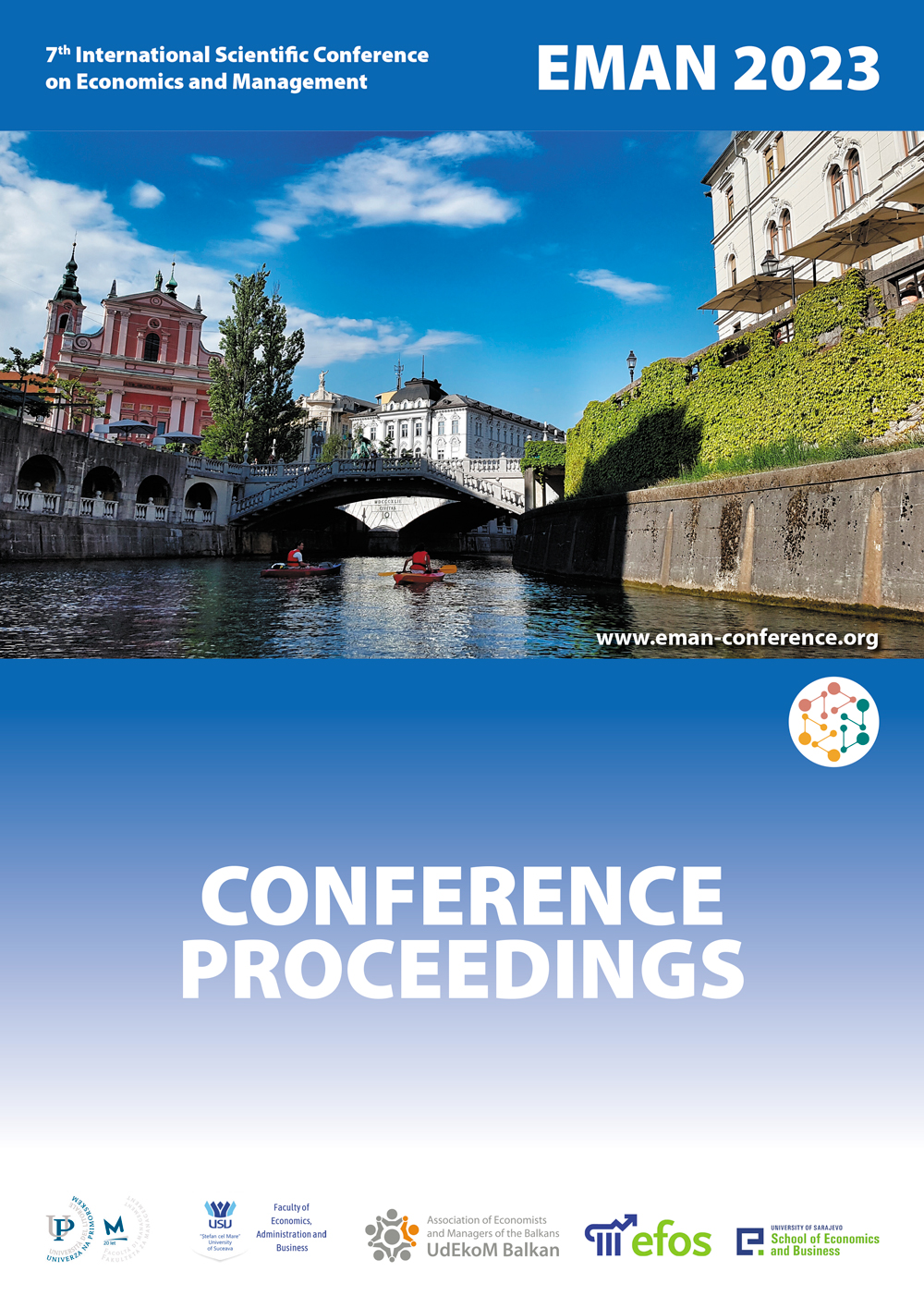Demografska struktura Europske Unije
Demographic Structure of the European Union
Author(s): Sandra Mrvica Mađarac, Svetlana Šibila, Lana Gubić Kučan
Subject(s): Social Sciences, Economy
Published by: Udruženje ekonomista i menadžera Balkana
Keywords: European Union; Demographic structure; Eurostat
Summary/Abstract: The European Union consists of 27 European countries, and its goal is the integration and single market of the European continent. The demographic structure affects the economic condition of a state, and the economic condition of the state also affects demographic trends as a cause and effect. The aging of the population is an effect in developed societies, and it arose as a result of various factors (health and social protection, reduced fertility rates, urbanization, industrialization). Despite the decrease in natural growth within the European Union and the aging of the population, the EU is experiencing constant population growth due to a positive migration balance. The age-sex structure is important for the economic development of a country and the development of its population because it results from the balancing of the male and female population, which is important for the reproduction of the population and from which the working-age population is formed. This paper presents and analyzes data from Eurostat on the demographic structure of the population of the European Union: age composition, gender composition, natural demographic factors, educational structure of the population.
Book: EMAN 2023 / 7 – Economics & Management: How to Cope with Disrupted Times - CONFERENCE PROCEEDINGS
- Page Range: 341-345
- Page Count: 6
- Publication Year: 2023
- Language: Croatian
- Content File-PDF

